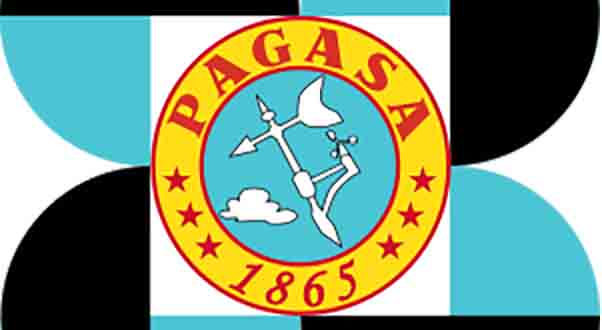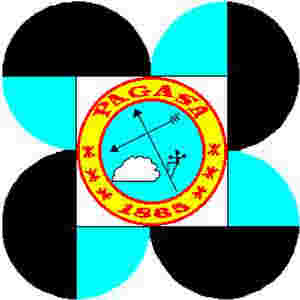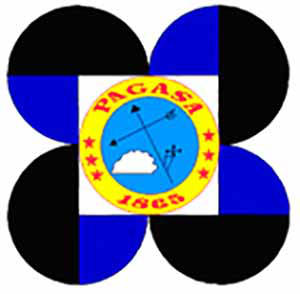
MANILA, Dec. 6 -– The importance of available technology advancement and qualified, tech-prepared manpower can best be demonstrated on the on-going weather and typhoon watch happening now.
Three storm chaser teams in Luzon, Visayas and Mindanao will be reporting updates on typhoon “Ruby’s” strength and direction, the state weather agency PAGASA said on Friday.
Landrico Dalida Jr., OIC at PAGASA’s Office of the Deputy Administrator of Operations, said the storm chasers are based in Surigao del Sur, Leyte and Metro Manila.
”We only have one team in Visayas, but there is another team ready in Mindanao. One team is also set in Metro Manila,” Dalida said in PAGASA office in Quezon City.
He pointed out the three teams are comprised of four people, with the necessary equipment to compute the strength and direction of the typhoon.
”We have an automatic weather station, we have aneroid barometer, that’s our stethoscopes. Where the pressure is low, that’s where the typhoon goes,” Dalida explained.
Aside from the two gadgets, Dalida said an anemometer is being used by the storm chasers, used to measure rain gauge, rainfall, temperature and wind speed.
He said the Hinatuan Doppler Radar in Surigao del Sur currently provides the data for forecast, since the Guiuan Doppler in Eastern Samar is still offline after it was damaged by typhoon “Yolanda” last year. Repairs will only start by January, according to Dalida. It has a capable range of 500 kilometers.
Each stationary Doppler Radar can only sustain up to 300 kph of winds.
”The radars can withstand Ruby, because our Doppler radars are for 300 kph winds. “Yolanda” was very extreme it destroyed the (Guiuan) design,” he said.
A stationary Doppler radar costs P560 million each.
Upon the westward movement of the typhoon, the Cebu located Doppler will be getting the data from the typhoon.
Currently, Dalida added that each province has one Early Warning System unit which should be increased every year, since this has an ideal range of only 10 kilometers.
EWS works by getting the amount of rainfall from the mountains, to alert low lying areas of possible flooding.
Department of Science and Technology Secretary Mario Montejo said during the press conference that typhoon “Ruby” is expected to decrease its wind strength from 215 kph to 195 kph, due to its slow pace towards the Visayas region, which permits the weather disturbance to clash with the cold winds coming from Siberia.
A typhoon is usually created in the Pacific Ocean, caused by the warm waters of the sea, PAGASA said. (edited PNA post by Juzel L. Danganan)
- Road Tour Calabanga:San Pablo to Amang Hinulid - August 31, 2022
- Miss U Catriona Gray Rumampa ng Suporta sa Tropa - May 9, 2022
- Dalawang Shoutout SOX People’s Rally for Leni - April 4, 2022


















































